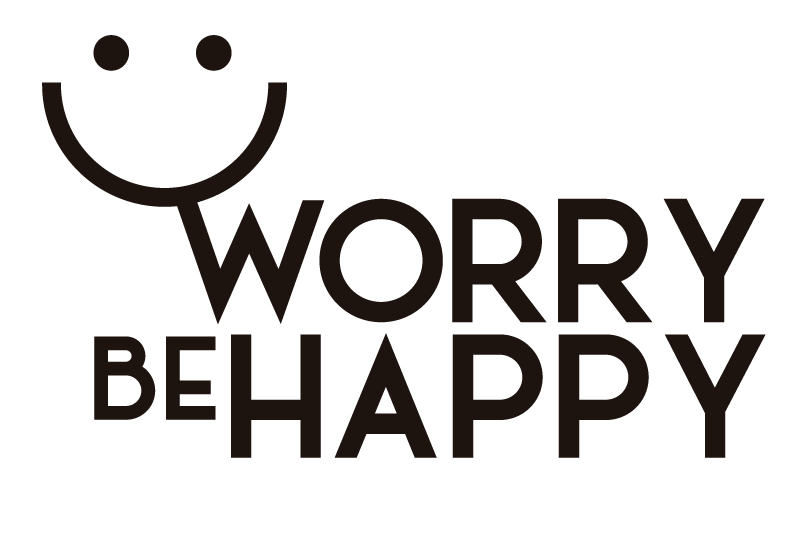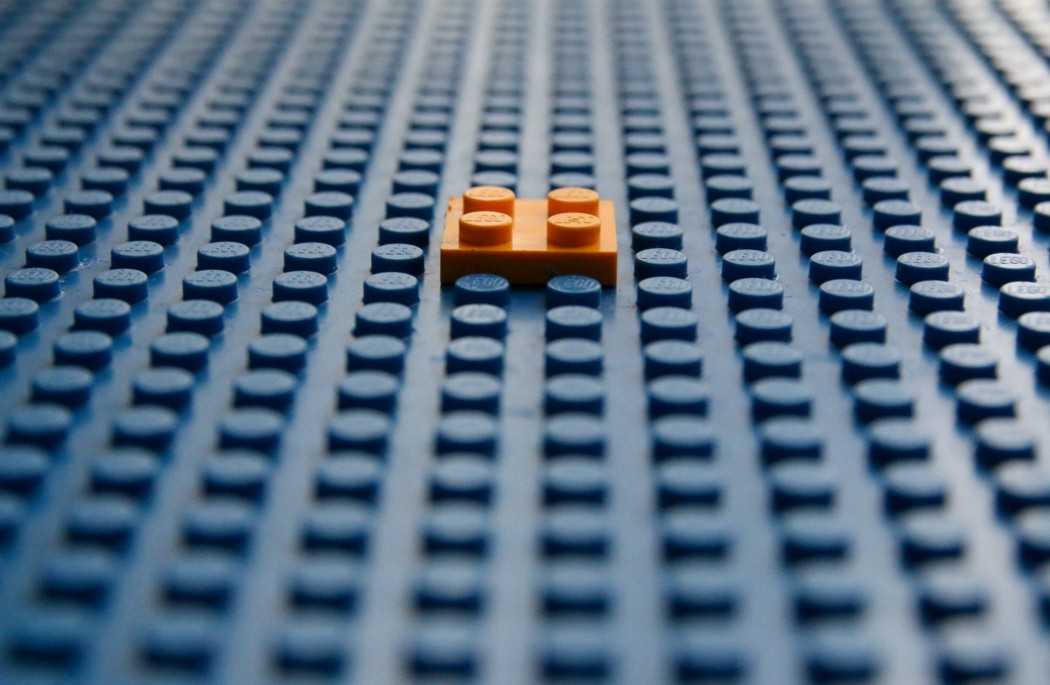I’ve met amazing geniuses who accomplished big goals in life.
They inspired me to simplify things and look for success.
My starting point is my projects’ view.
It’s the beginning of my planning because it’s where I can see all my “big things”.
Inside each project, I create my next two levels to zoom in:
- Tasks.
- To-dos.
Tasks tell me the steps I must follow to complete each project and achieve my goals.
If I need to zoom in even deeper into a task, I create to-dos inside of it.
The point is, once I’ve defined projects, tasks, and to-dos, how do I put them into action?
What Is Time Blocking?
I’ve concluded time blocking is the best technique to be productive.
We manage time, not tasks or to-dos.
Time blocking is just deciding how long a task will take you or you’re willing to spend on it and putting it on a calendar.
Respecting that time block is what will move you towards your goals.
The point is:
- How do you represent that time block?
- How long should that time block be?
How Can You Implement Time Blocking?
I’ve tested everything, from 15-min time blocks to bigger ones (3–4 hours).
I’ve used calendars, apps, and everything in between.
My “aha” moment came when I saw successful people, people who have achieved a huge amount of goals in their lives, just working with simple to-do lists using pen and paper.
That drove me towards simplification. That’s when my life changed.
My Technique to Implement Time Blocking
I left calendars and task managers.
I just left common sense to appear.
I follow these steps every day:
- I see the projects and tasks I had previously planned based on my priorities.
- I write down all the tasks I’d like to do today. I use 1-hour time blocks as a minimum.
- I move them up and down based on priority.
- I also move them up and down, separating those that I’ll do in the morning and the afternoon based on my energy levels.
- I order them. That gives me sequentiality, avoiding multi-tasking.
- I start doing.
Takeaways
- There’s no need for a calendar because you can just do 3–4 things in the morning and 3–4 in the afternoon.
- That’s how I spend less time organizing and more time doing.
- Life’s simple. Our systems should be too.
Photo by Glen Carrie on Unsplash.

